While the 3rd Earl was still a child, his mother, Juliana Noel Boyle, second Countess of Burlington, had ceilings painted by Italian masters in the baroque style. As a teen, the 3rd Earl traveled on several Grand Tours and became a devotee of the architectural style inspired by Andrea Palladio, who built villas in the Veneto in northeastern Italy. By 1718, the 3rd Earl took charge of his Piccadilly mansion and chose fellow Palladian practitioner Colen Campbell to work on the house. William Kent, who had traveled in Italy with the 3rd Earl, took over most of the interiors. This triumvirate can be considered with Inigo Jones as responsible for the Palladian Style in British Architecture which dominated for many years and greatly influenced other nations, particularly colonial America and the first decades of the United States.
Despite all the Victorian additions of another storey to the Burlington House and the constructions of side pavilions, which house several learned societies, some of the original state rooms designed by Kent still survive in a suite known as the John Madejski Fine Rooms, named to honor the donor of the restoration funding in 2004. These were the first Kentian interiors in England …dating from 1719, including these plaster putti above the doorcases.
Chiswick House, incidentally is pronounced Chis-ick, with a silent W as is usual in British names…Warwick, for another example.
The beauty of the house is in its symmetry, its proportions. Geometric shapes, circles, squares, octagons, all combine to create perfect balance. Based on the principles of ancient Greek architecture as reinterpreted by the Romans and Renaissance Italians, it is a pleasingly human scale which brings comfort and satisfaction in merely looking at the plans.
Each room flows from the central saloon under the shallow dome, one into another without barriers. The cornices and wall or ceiling paintings are the main decoration. Furniture was minimal and rearranged for specific purposes, as was usual in the days of many servants. Some rooms were used by Lord Burlington as a gallery for his collection of paintings.
Below, Burlington House in 1873, the Piccadilly facade.

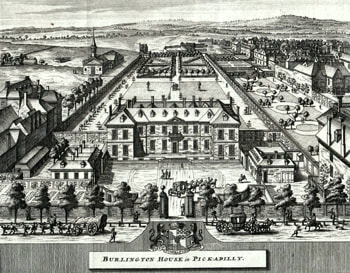
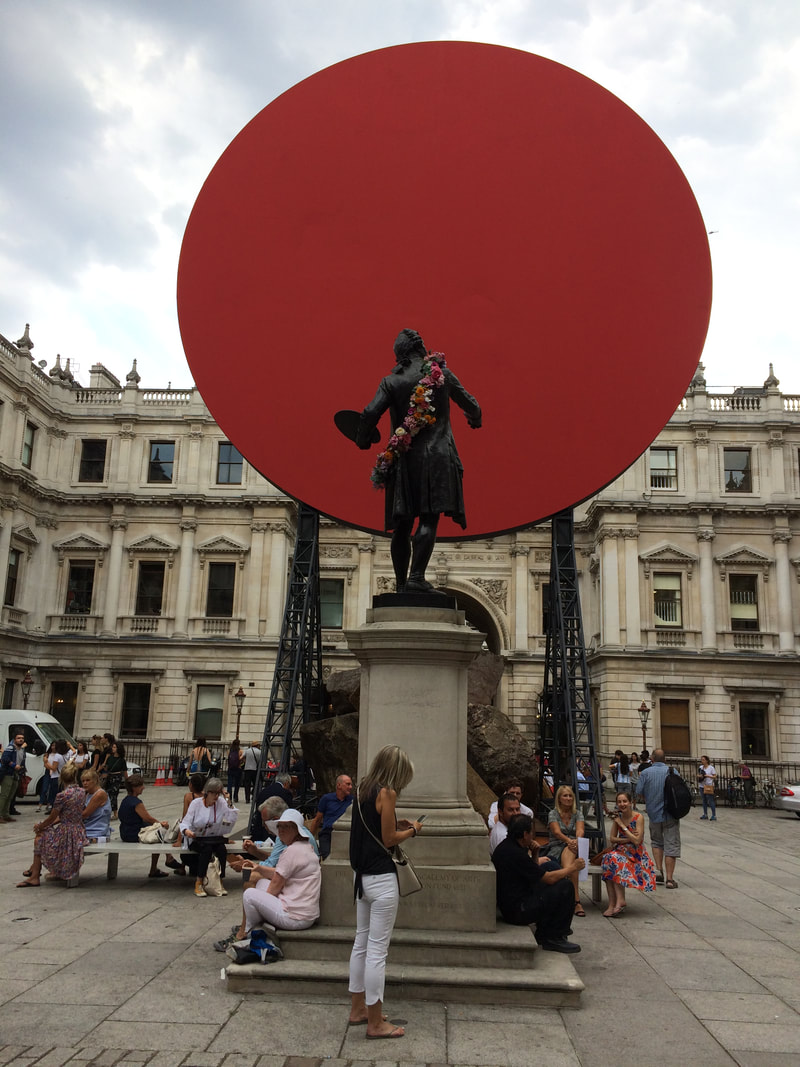
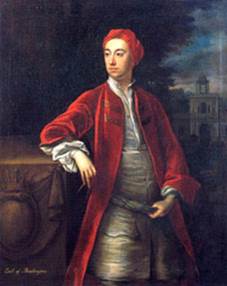
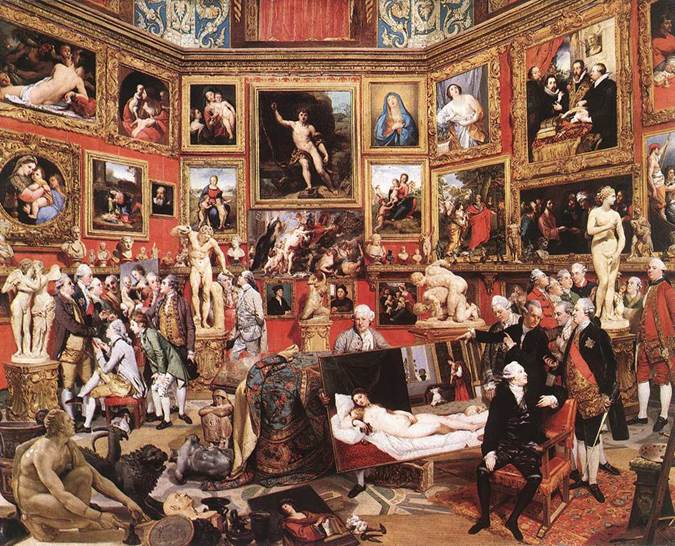
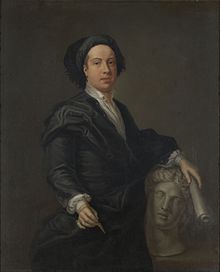
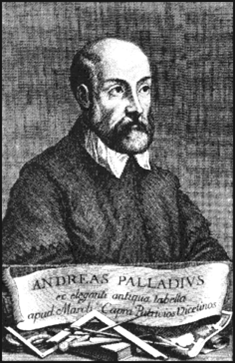

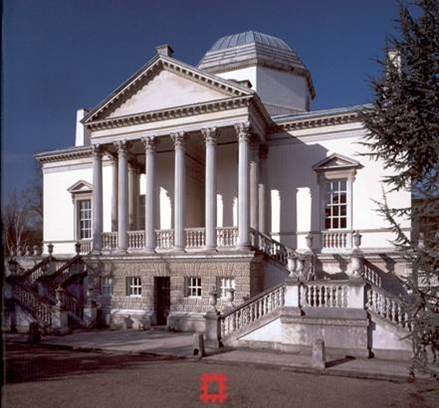
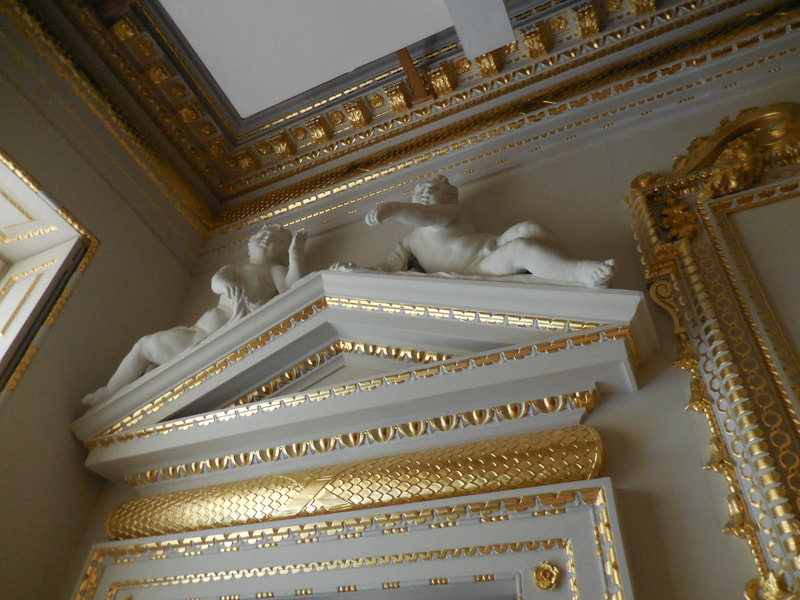
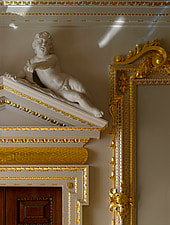
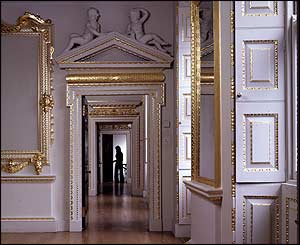
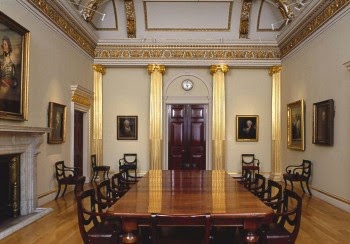
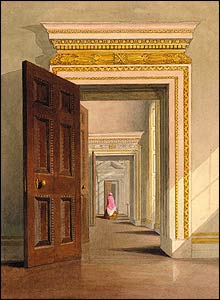

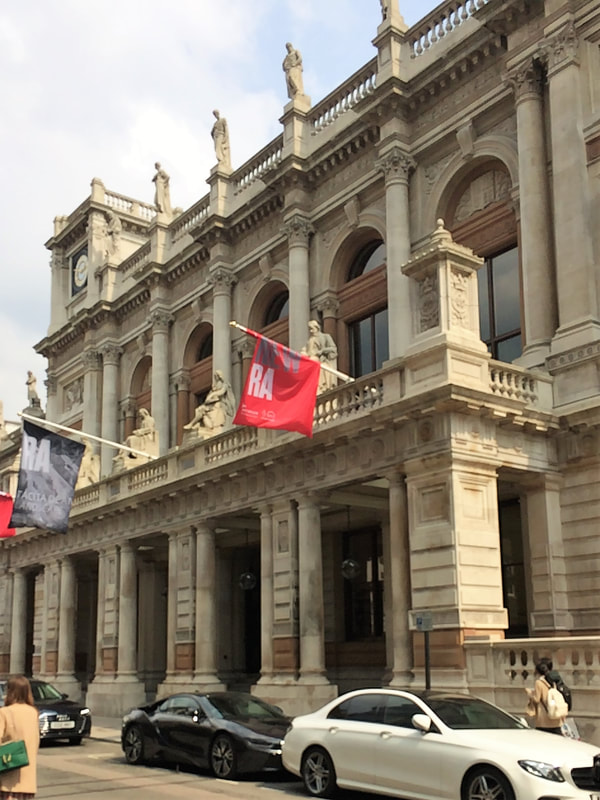
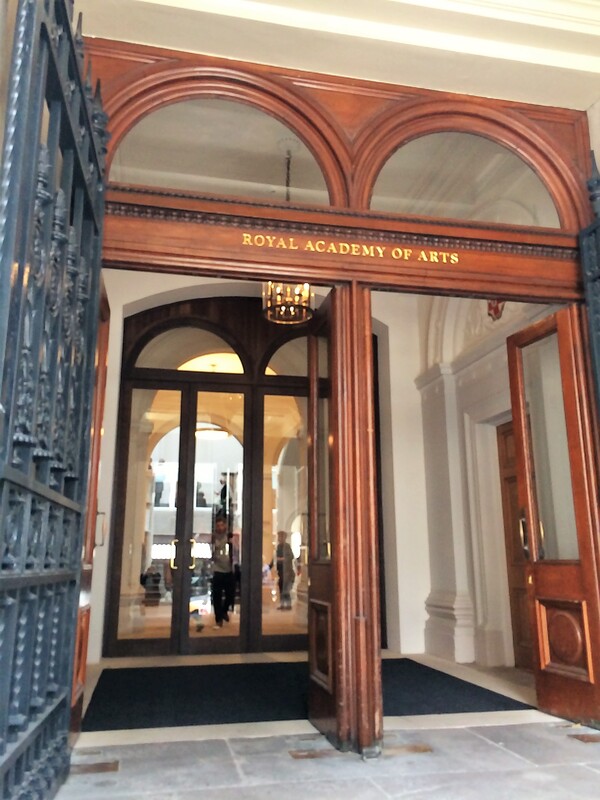
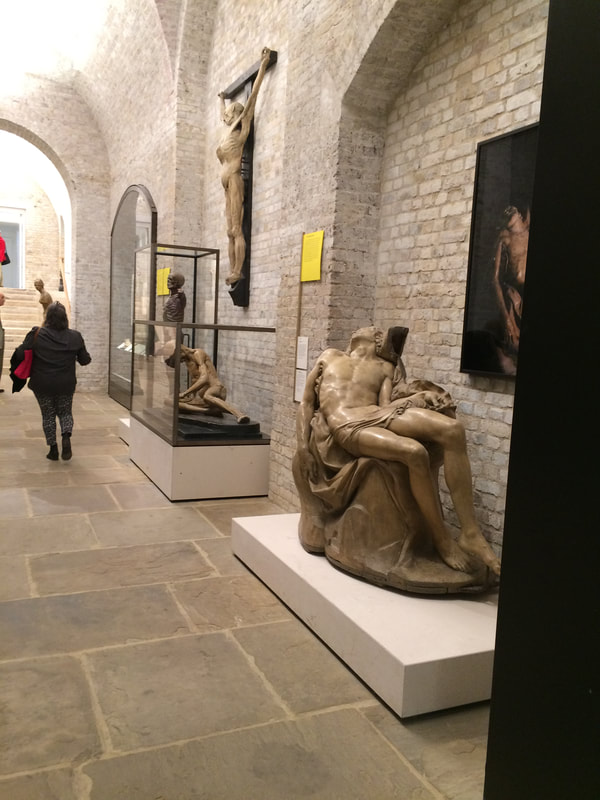
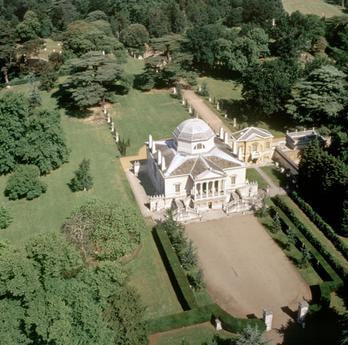
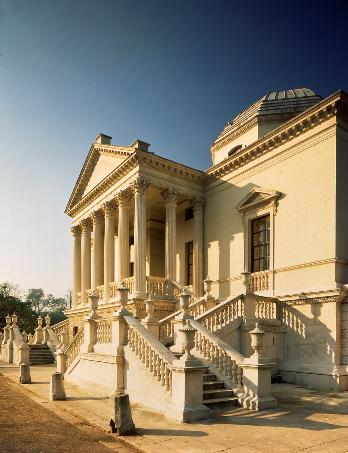
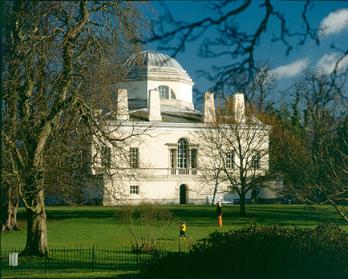
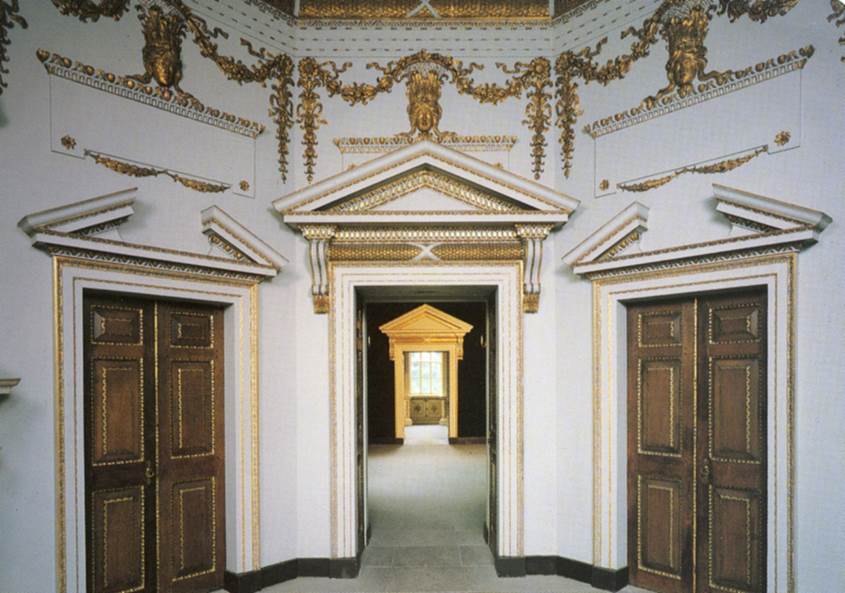
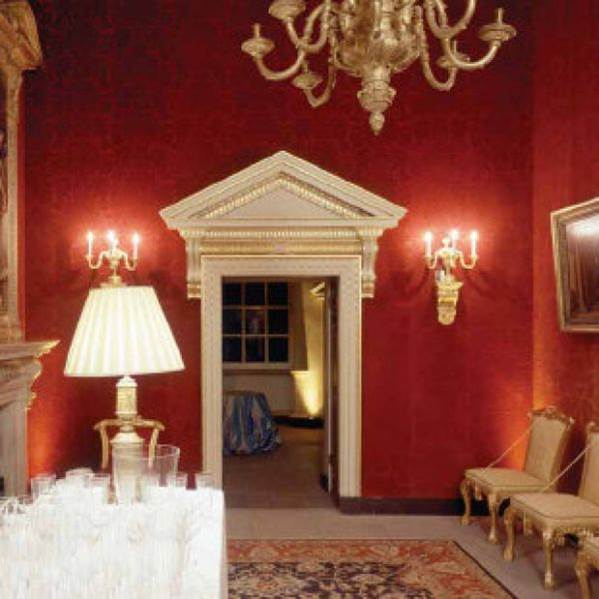
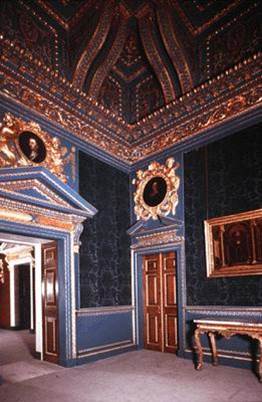
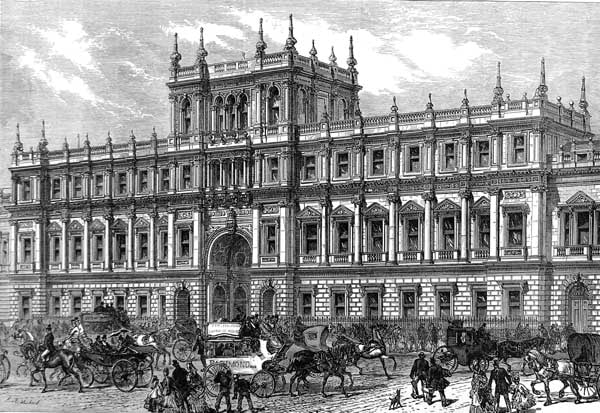
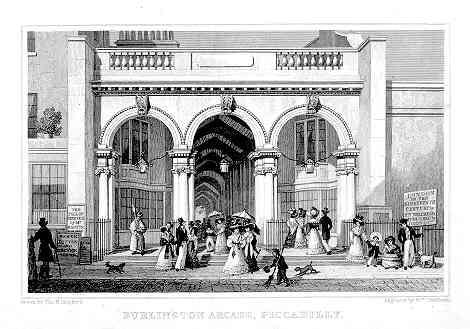
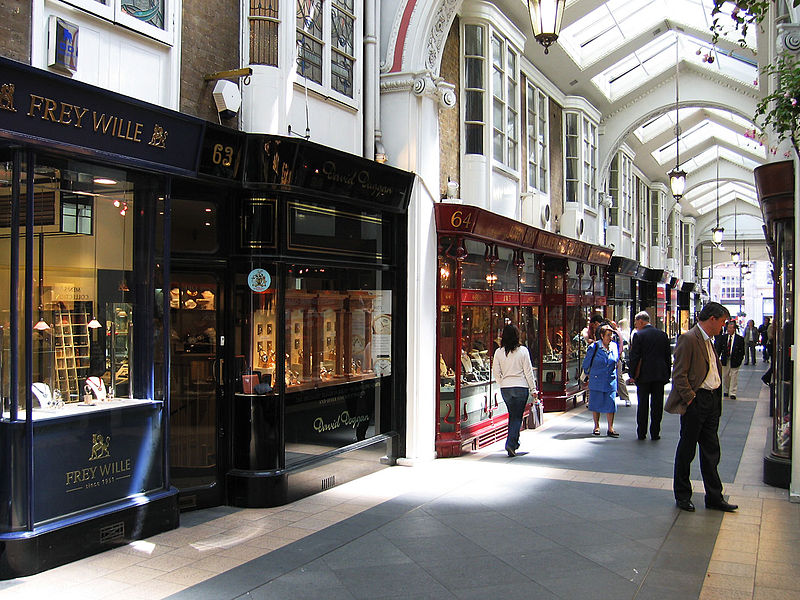
 RSS Feed
RSS Feed